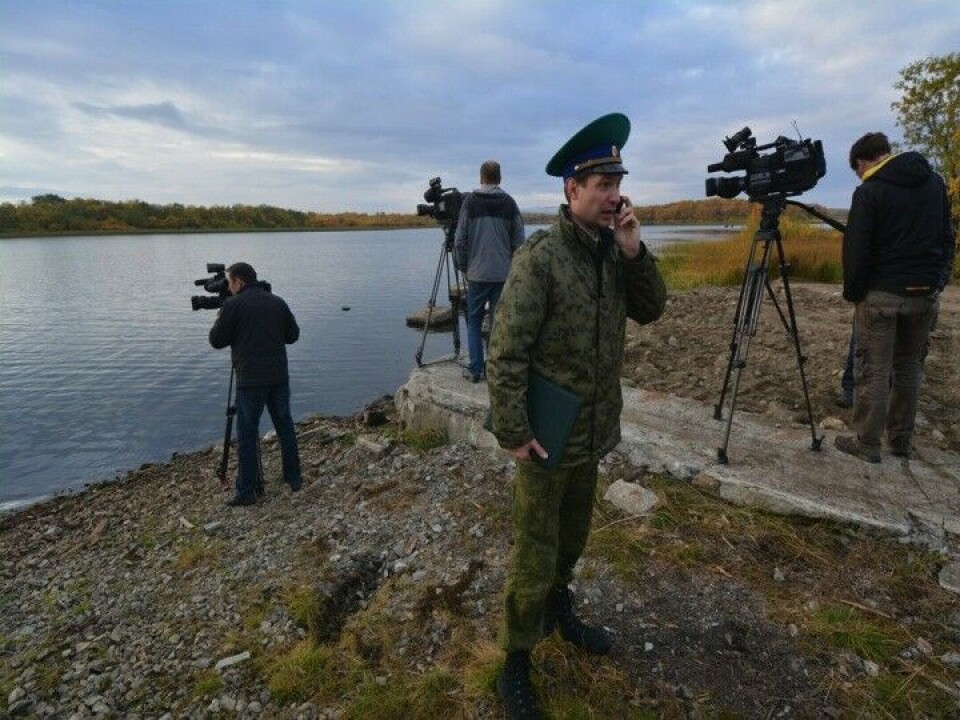
Our publication on Journalism in the Borderland
"Working as a journalist in the borderland to Russia has always been refreshingly thrilling. But never easy. And over the last years, it has become outright difficult." This report from the Barents Observer gives a picture of ruling media trends and developments in the Barents Region.
p.p1 {margin: 0.0px 0.0px 12.8px 0.0px; line-height: 15.0px; font: 12.0px Helvetica; color: #222222; -webkit-text-stroke: #222222; background-color: #ffffff}span.s1 {font-kerning: none}
The new publication gives an overview of some of the trends which are dominating contemporary media developments in the Barents region. The prime focus is on the Russian parts of the region, the area stretching from Murmansk in the west to the Komi and Nenets Autonomous Okrug in the east. But the report also looks at certain trends in Norway and cross-border media relations.
p.p1 {margin: 0.0px 0.0px 0.0px 0.0px; font: 12.0px Helvetica; color: #000000; -webkit-text-stroke: #000000}span.s1 {font-kerning: none}
It tells about how media freedom principles in the region have gradually been watered out by legislative amendments, inconsistent practice and overt and direct suppression, and about the few lone swallows which still bravely proceed with independent journalism. It describes how Russia and the EU are at loggerheads over media relations and how this conflict has stretched into the Arctic and the Barents region. It tells about how the Barents Observer has fallen victim to media crackdown and how the independent media organisation continues to be under pressure.
Read the full report Journalism in the Borderland. Barents Media Freedom 2017 (.pdf)
The publication is supported by foundation Fritt Ord.
Keep following media developments in the Barents Region at our civil society and media section, thebarentsobserver.com/society















